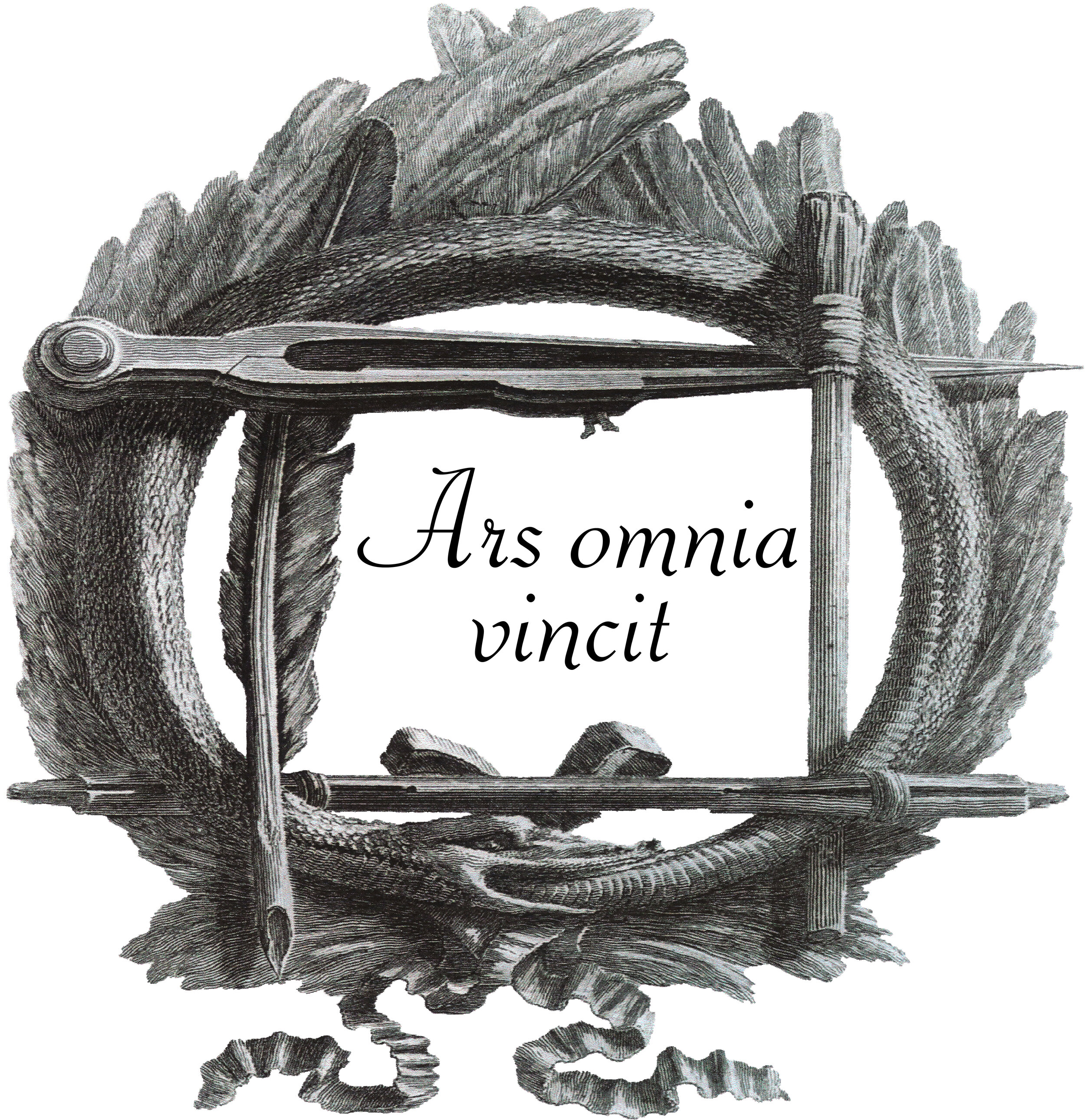Raffaele Giovine "Costumi di Pozzuoli"





Raffaele Giovine "Costumi di Pozzuoli"
A continental manufacture porcelain cup and saucer, perhaps Nast or Vieux Paris, decorated in Naples, on the front is painted in color a miniature depicting "Costumi di Pozzuoli" taken from a watercolor by Saverio della Gatta.
Period 1830 circa.
Titled under the base of the cup and signed Raffaele Giovine.
Dimensions of the cup 9 x 10 x 6h cm - the saucer 13.5 x 3h cm
Excellent condition commensurate with use and age.
Light wear in the gilding, no restorations to the porcelain.
DELLA GATTA, Saverio (Xavier). - The first news about this painter active in the Neapolitan area between the eighteenth and the first decades of the nineteenth cent. are in 1777, when he is a pupil of Giacomo Cestaro in the academy of drawing in Naples (Borzelli, 1900). A two years later his first known work: a View of Vesuvius, which, translated into copper, appears together with three other tables (engraved on drawings by A. D'Anna and P. Fabris), in the volume of G. De Bottis, Historical reasoning around the eruption of Vesuvius ... (Naples 1779). In December 1782 the D. was chosen, with D'Anna, for the royal commission of a trip: he had to portray the popular costumes of the different provinces of the kingdom, to be used for a porcelain service of the Royal Factory of Naples, but will replace A. Berotti (de Martini-González Palacios, 1978). In 1794 he was in Rome: a watercolor dating back to this stay, Paesani e animali near the tomb of Cecilia Metella in Rome, appeared on the London antiques market in 1967 (Gouaches, 1985, p. 221).
He distinguished himself in the revival of typical aspects of life and of the Neapolitan landscape that he reported in refined watercolors and gouaches, in the manner of Ph. Hackeried and P-J. Fly. It certainly achieved some success with foreign clients, according to the large number of signed sheets that have recently appeared on the English market (a large series is in the Jones collection in London; see Causa, 1990). His signature sometimes bears his first name translated into French, Xavier.
Among the oldest gouaches is a View of Naples from Posillipo (Naples, private collection), bearing the inscription "Xav. Gatta / 1785" on the original passepartout; the gouache is an almost faithful reproduction of a view by Pietro Fabris from 1778, although originally interpreted by D. "with that cursive and descriptive effect that will characterize all of his subsequent production" (Spinosa, 1979, p. 294). Fabris was a constant point of reference for D. Inexhaustible source of inspiration is his Collection of various clothes and arts of the Kingdom of Naples (1773), which D. often drew on for the production of costumes. When he does not exhibit views or genre scenes, the D.'s work is sometimes a document of historical interest; thus the two gouaches that are preserved in the National Museum of San Martino in Naples, depicting the Battle between the English fleet and the fleet of the Neapolitan Republic in the Procida channel, signed and dated 1800. The return of Ferdinand from Sicily (Naples, coll. Dalla Vecchia) is still the subject of a tempera signed "Sav. Della Gatta P." and dated 1802.
None of D.'s known works date beyond 1827, which presumably suggests his death shortly thereafter.
Raffaele Giovine worked for a long time during the first years of his career in the Neapolitan workshops of the Genevan Giovanni Pattey, who imported white porcelain from abroad to have it painted by local miniaturists, thus creating the illusion that Manifatture di Porcellane existed in Naples. Around 1835 most of these painters left Pattey to follow Raffaele Giovine who in those years installed his own factory in the ancient convent of San Carlo alle Mortelle where he was in charge of the maintenance of the court pottery. The Giovine participated in various exhibitions starting from 1826 and painted numerous porcelain objects such as vases, planters, basins, a famous set of 200 plates with views of the kingdom of the Two Sicilies for the King and his court. The series of costumes depicted on the porcelain that decorate the table, represents a picturesque overview of the Neapolitan costumes of the time. The table was donated to Francesco II in 1859 on the occasion of his wedding with Maria Sofia of Bavaria.The medallion depicts on the left a farmer leading a mule while in the center walk two women accompanied by a young man in Neapolitan costumes taken from the equivalent image in the collection of costumes engraved by Raffaele Aloja on designs by Giacomo Milani, reprinted in 1832.







